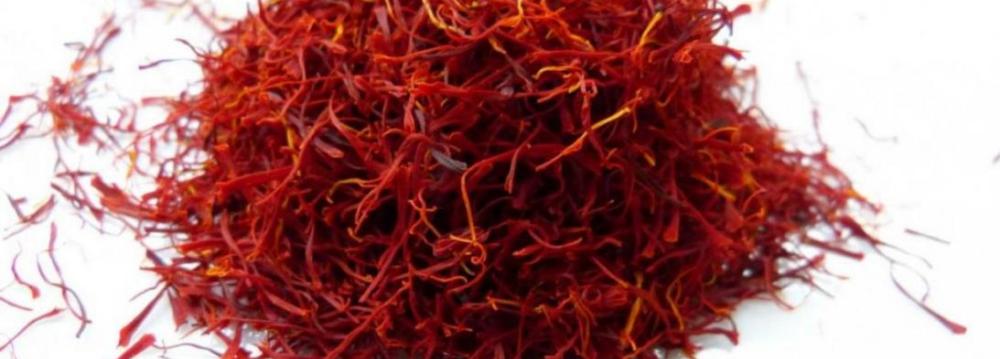The recent wide fluctuations of saffron prices have confused both the domestic consumers and traders. The main culprits of such fluctuations are profiteers who try to paint a gloomy picture of saffron market by suggesting that the supply of saffron is limited and its market is grappling with shortage. This would help them sell their low quality products at high prices.
The past two months’ baseless rumors, which swirled in the form of text messages, sent the prices of saffron up by 7,000,000 rials ($212 at market exchange rate), a member of Saffron National Council told Forsat-e Emrooz reporters. “The middlemen manipulate prices in their own favor,” Ali Hosseini added.
Seasonal Fluctuations
Normally the volume of freshly harvested saffron, which enters the market in late October, is enough to meet the need of consumers up to the following June. The June-September gap is a good chance for opportunists to create artificial demand for saffron and make off with a fat profit. First, they spread the word about the shortage of saffron.
Afterward, they jack up the prices and then glut the market with their subpar, cheap products. People add fuel to the flames of such practice by failing to single out good saffron from bad since they tend to shop around for the cheaper option.
Saffron Trickery
The commonest form of trickery is to color threads of saffron and sell them as the real stuff. Colors used in this process are either tartrazine (a synthetic lemon yellow azo dye primarily used as a food coloring) or Sunset Yellow FCF.
Excessive use of these food dyes may bring about food intolerance and ADHD-like behavior in children, said Arasb Dabbagh Moqaddam who is a health expert.
Limited Brands of Saffron
Currently Iran answers for 96% of global production of saffron. The absence of a strong brand and poor management have led to the shipment of Iranian saffron to Afghanistan, which is then sold as Afghan saffron. Iran has built up as few as four to five well-known brands in the saffron market. “This is a disaster for a country that holds 96% of the world market,” said the first deputy head of Saffron National Council, Mohsen Ehtesham.
He also warned against unpackaged sales of saffron and said the Food and Drug Organization only regards branded, packaged saffron as standard. Decent packaging with the endorsement of the Institute of Standards & Industrial Research of Iran would ensure customers of the quality of product, he maintained.
Drop in Saffron Exports
Saffron exports had a 25% fall in the month ending on June 21, which marks the end of the third Iranian month, compared to the corresponding period of last year, said the deputy head of Saffron National Council. The prices of saffron have remained unchanged at 60.4 million-70 million rials ($1,939-$2,121 at market exchange rate) per kilogram during the past weeks, Mehr News Agency quoted Gholamreza Miri as saying. “The prevailing slump in the saffron market is surprising. Foreigners seem reluctant to buy Iranian saffron after the 50% increase in price in just two months,” he added.


